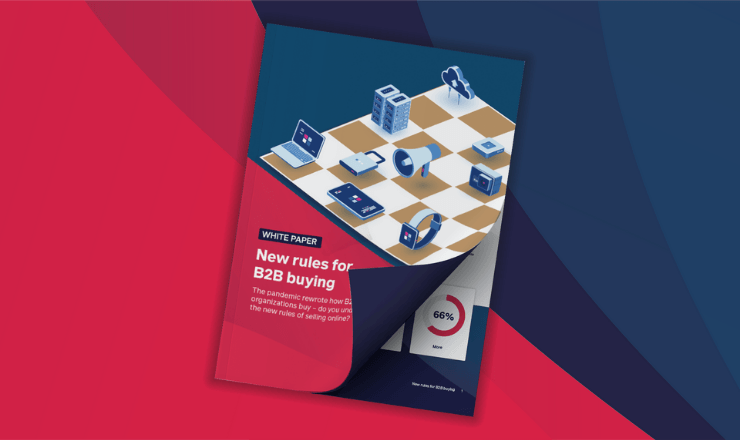TIP: E-commerce is vital to keep up
Buyers are purchasing more online. In order to ward off the competition, improve customer acquisition and keep your existing customers, medical and dental supply companies need to have the infrastructure in place to accommodate more online sales. They need to ensure that they can provide fast, convenient customer experiences that facilitate online purchases.








